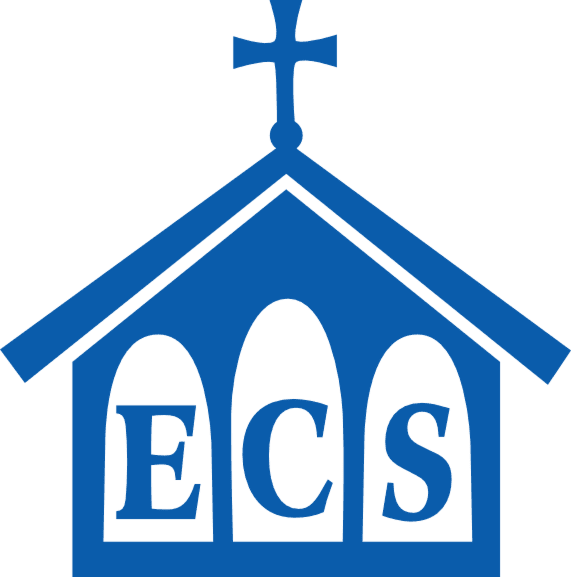The Old Testament in Eastern Orthodox Tradition
Eugene J. Pentiuc
Publication Data: New York, NY: Oxford University Press, 2014
Format: softcover
Number of Pages: xxiv + 414
Dimensions (l × w × h): 23.5 cm × 15.7 cm × 2.9 cm
ISBN: 978‒0‒19‒533123‒3
Eugene J. Pentiuc
“The purpose of this book is to provide a general overview and a succinct analysis of the primary modes in which the Old Testament has been received, interpreted and conveyed within Eastern Orthodox tradition. [...]The book is divided in two parts. Part I (Reception) deals with issues pertaining to the reception of the Old Testament by the early Christian and Eastern Orthodox Church. Chapter 1 (One Bible, Two Covenants) discusses the paradox that the Christian Bible hosts the ‘Scripture’ of a different religion—that of Judaism. The unity in diversity of the Christian Bible is examined by means of the works of the church fathers. Chapter 2 (Text) emphasizes the flexible way of coping with biblical texts in Eastern Orthodoxy. While considering the Septuagint the default Bible of the Church, the Eastern Orthodox are also cognizant of the value of other text-witnesses such as the Hebrew text. Chapter 3 (Canon) underscores the peculiarity of the Eastern Orthodox Church with respect to the open-endedness of the biblical canon. Chapter 4 (Tradition) takes on a much debated topic—the relationship between Scripture and Tradition—while seeking to redeem the centrality of the former within the interpretive and operative context of the towering Tradition. Part II (Interpretation) offers the reader a rich repertoire of pertinent sources, from the literary to the visual and aural. Chapter 5 (Discursive) examines the discursive mode of interpretation—the patristic exegesis. Chapter 6 (Aural) handles the most important part of Tradition, the liturgy and the specific way to read and interpret the Old Testament—liturgical exegesis—under a wide variety of genres (e.g., scriptural lessons, psalmody, hymns, homilies, synaxaria). Chapter 7 (Visual) oversees the visual mode of scriptural interpretation, as reflected through church iconography (e.g., portable icons, mosaics, frescoes, manuscript illuminations).”
—“Preface and Acknowledgments”
CONTENTS
Preface and Acknowledgments
Abbreviations
PART I: Reception
1. One Bible, Two Covenants
2. Text
3. Canon
4. Tradition
PART II: Interpretation
5. Discursive
6. Aural
7. Visual
Postscript
Notes
Bibliography
Index
Format: softcover
Number of Pages: xxiv + 414
Dimensions (l × w × h): 23.5 cm × 15.7 cm × 2.9 cm
ISBN: 978‒0‒19‒533123‒3
Eugene J. Pentiuc
“The purpose of this book is to provide a general overview and a succinct analysis of the primary modes in which the Old Testament has been received, interpreted and conveyed within Eastern Orthodox tradition. [...]The book is divided in two parts. Part I (Reception) deals with issues pertaining to the reception of the Old Testament by the early Christian and Eastern Orthodox Church. Chapter 1 (One Bible, Two Covenants) discusses the paradox that the Christian Bible hosts the ‘Scripture’ of a different religion—that of Judaism. The unity in diversity of the Christian Bible is examined by means of the works of the church fathers. Chapter 2 (Text) emphasizes the flexible way of coping with biblical texts in Eastern Orthodoxy. While considering the Septuagint the default Bible of the Church, the Eastern Orthodox are also cognizant of the value of other text-witnesses such as the Hebrew text. Chapter 3 (Canon) underscores the peculiarity of the Eastern Orthodox Church with respect to the open-endedness of the biblical canon. Chapter 4 (Tradition) takes on a much debated topic—the relationship between Scripture and Tradition—while seeking to redeem the centrality of the former within the interpretive and operative context of the towering Tradition. Part II (Interpretation) offers the reader a rich repertoire of pertinent sources, from the literary to the visual and aural. Chapter 5 (Discursive) examines the discursive mode of interpretation—the patristic exegesis. Chapter 6 (Aural) handles the most important part of Tradition, the liturgy and the specific way to read and interpret the Old Testament—liturgical exegesis—under a wide variety of genres (e.g., scriptural lessons, psalmody, hymns, homilies, synaxaria). Chapter 7 (Visual) oversees the visual mode of scriptural interpretation, as reflected through church iconography (e.g., portable icons, mosaics, frescoes, manuscript illuminations).”
—“Preface and Acknowledgments”
CONTENTS
Preface and Acknowledgments
Abbreviations
PART I: Reception
1. One Bible, Two Covenants
2. Text
3. Canon
4. Tradition
PART II: Interpretation
5. Discursive
6. Aural
7. Visual
Postscript
Notes
Bibliography
Index
Write Your Own Review






